The New Wardrobe: Trendy Sustainable Materials for Clothing
Chosen theme: Trendy Sustainable Materials for Clothing. Step into a future where style meets responsibility, as we explore innovative fibers, cleaner processes, and smart choices that make fashion feel better on skin and planet.
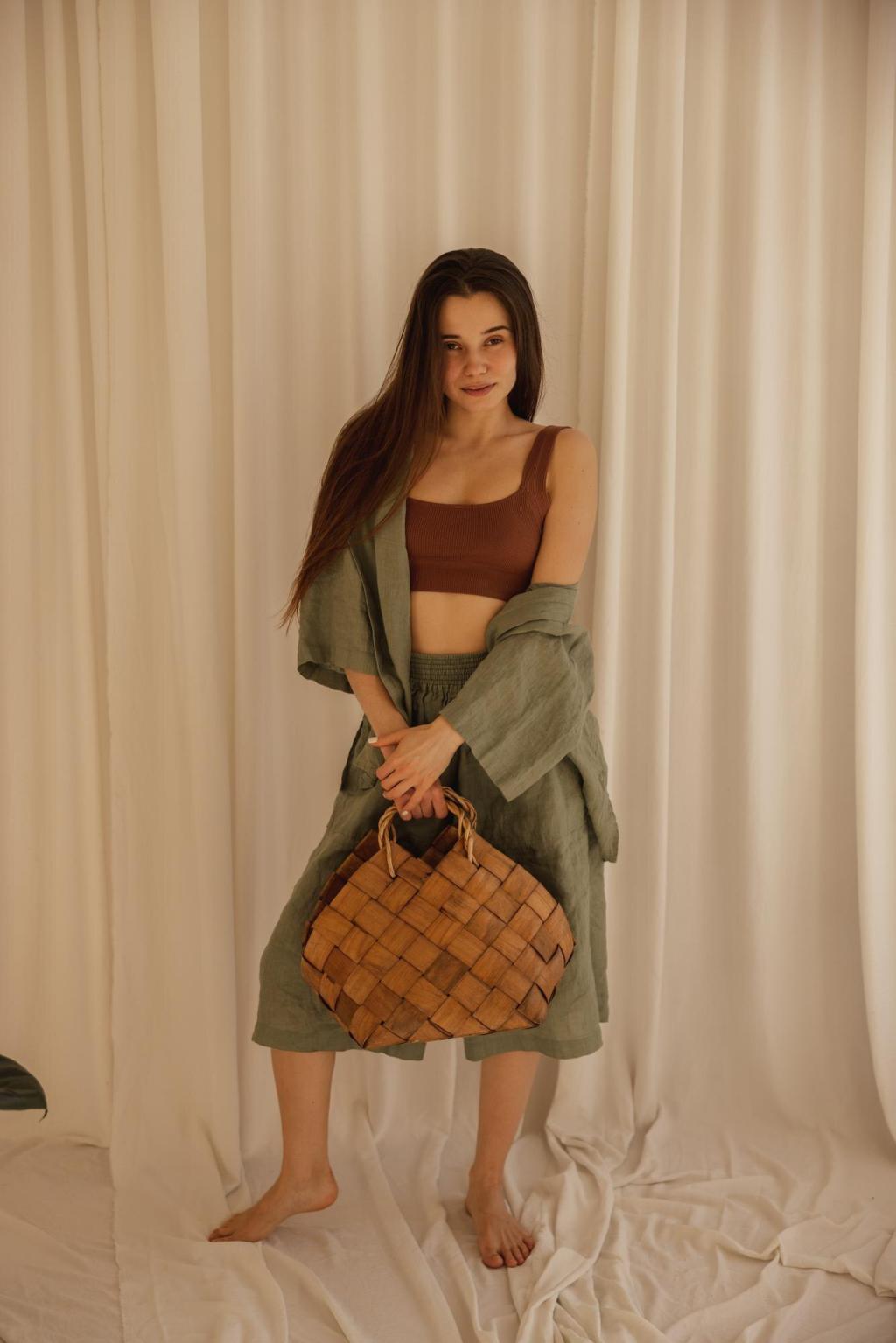



Plant-Based Powerhouses: TENCEL, Hemp, and Organic Cotton
TENCEL Lyocell Comfort
Produced in a closed-loop process where solvents are recovered and reused, TENCEL Lyocell delivers silk-like drape, breathability, and moisture management. It is a go-to for dresses, tees, and sleepwear with conscience.
Hemp’s Durability and Low Water Use
Hemp grows fast, needs fewer pesticides, and strengthens with wear. Modern spinning techniques tame its once-rustic hand, transforming hemp into polished shirting, denim blends, and tailored basics that last beautifully.
Organic Cotton Reimagined
Organic cotton avoids synthetic pesticides and supports healthier soils. Paired with regenerative agriculture, it can improve biodiversity while delivering familiar comfort. Look for transparent farms and ginners to back your values.
Regenerated & Recycled: Turning Waste into Wardrobe
rPET Innovations
Recycled polyester (rPET) transforms used plastic bottles into soft, durable fabrics for activewear and outerwear. It reduces virgin fossil use, though mindful washing and filters help address microplastic shedding concerns at home.
Regenerated Nylon from Ocean and Industrial Waste
Regenerated nylon starts with discarded fishing nets and pre-consumer scraps, then returns as high-performance yarns. Swimwear, stockings, and technical pieces benefit from its strength while supporting cleaner oceans and circular loops.
Recycled Wool and Cashmere
Mechanical recycling gives knitwear a second chance, saving energy and preserving heritage fibers. Blending recovered fibers with fresh wool can improve durability, enabling warm, elegant garments with far lighter material footprints.
Mycelium Leather
Grown from mushroom roots, mycelium leather forms flexible, leather-like sheets with minimal tanning chemicals. Early iterations show impressive texture and strength, pointing toward accessories and uppers with dramatically reduced environmental overhead.
Pineapple Leaf Fiber
Pineapple agriculture leaves abundant biomass. Turning leaf fibers into nonwoven textiles elevates farm byproducts into stylish accessories and panels, supporting rural incomes while replacing petroleum-based components in trendy sustainable fashion products.
Cleaner Color: Low-Impact Dyes and Water-Saving Finishes
Modern natural dye houses pair plant pigments with safer mordants and standardized methods, delivering repeatable hues. Low-impact synthetic dyes reduce heavy metals and salts, balancing vibrancy with tighter wastewater management.

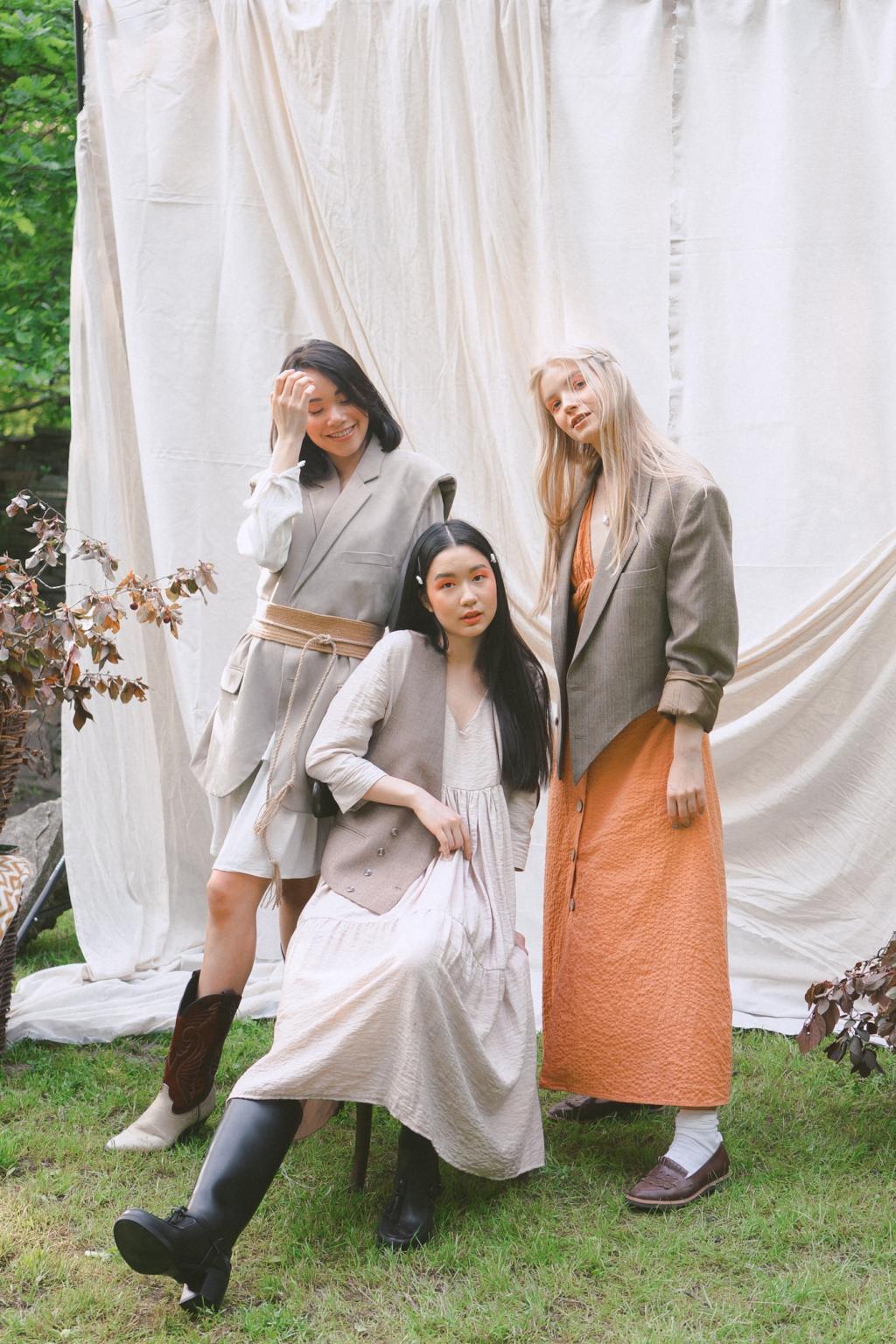
Cleaner Color: Low-Impact Dyes and Water-Saving Finishes
Using pressurized CO2 instead of water, this method infuses dyes directly into synthetic fibers, nearly eliminating wastewater. Though equipment is costly, efficiency gains and cleaner effluent make it a compelling innovation.
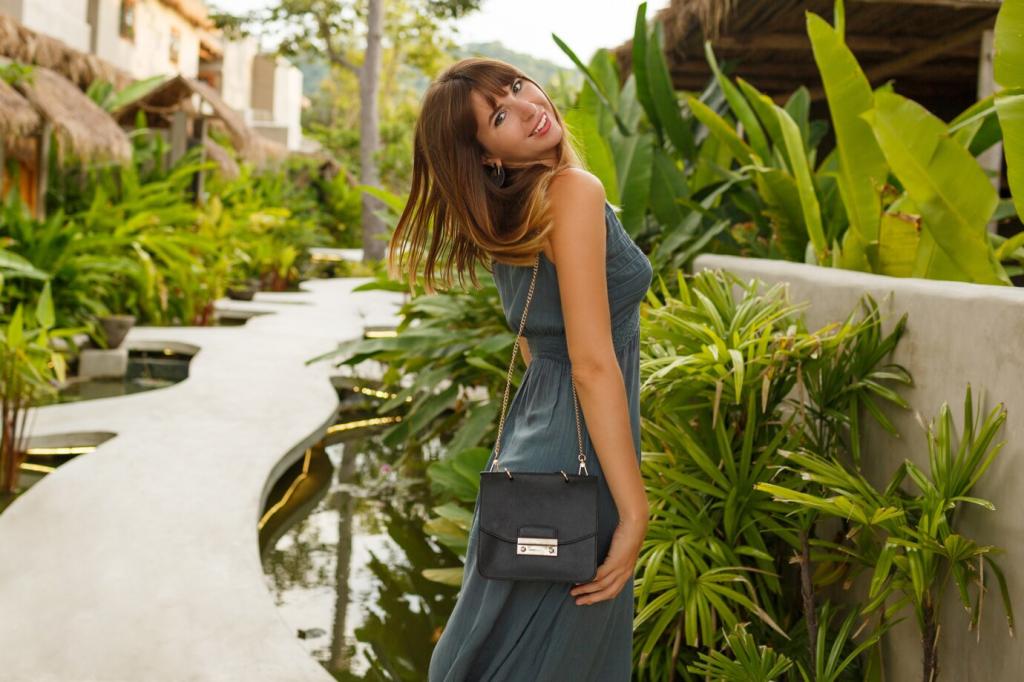
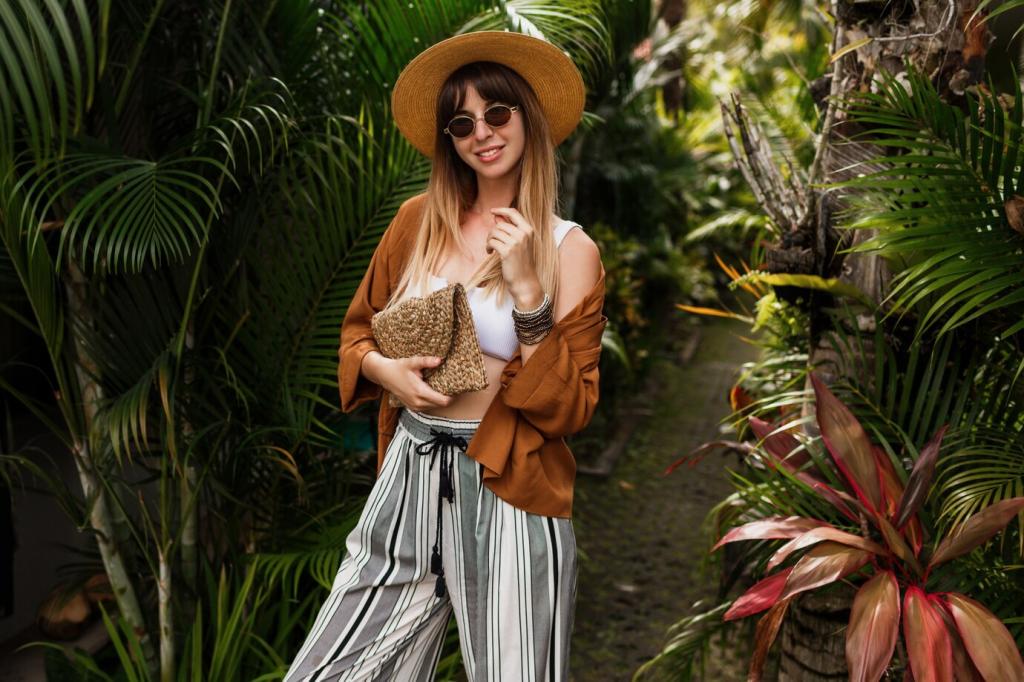
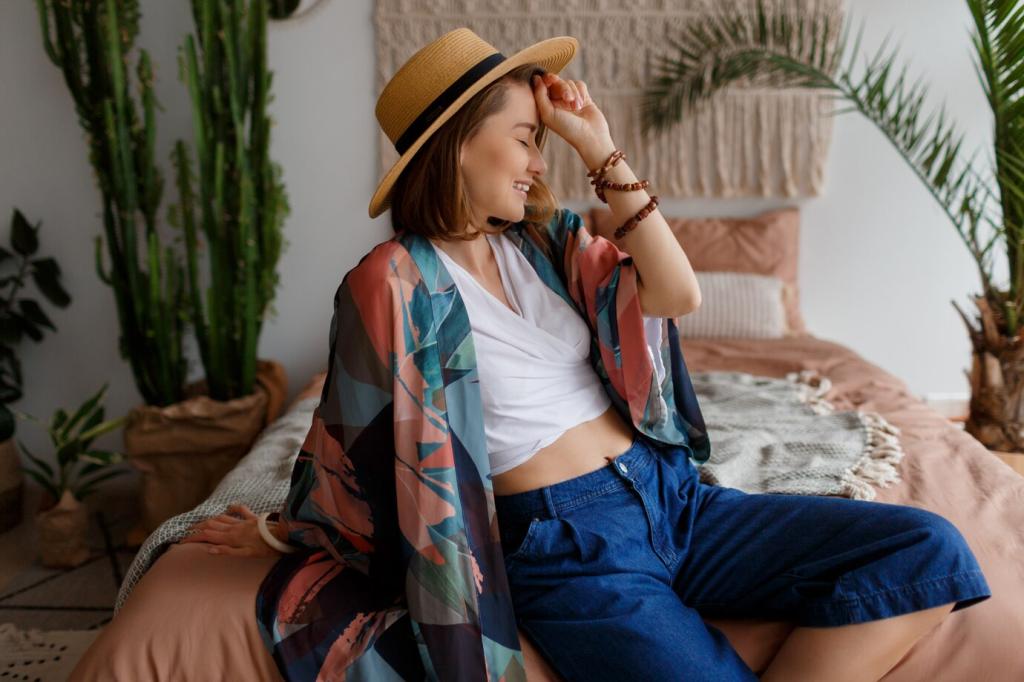
A small atelier blends hemp with TENCEL to craft airy shirtdresses that resist wrinkles on busy commutes. Customers write that the pieces breathe through heatwaves yet layer elegantly through autumn.

Shop Smarter: A Material-Focused Checklist
Feel the fabric for breathability and drape, then read fiber labels and care tags. Verify claims through certifications and brand transparency pages before committing to trendy sustainable materials for clothing.
Shop Smarter: A Material-Focused Checklist
Where was the fiber grown or regenerated, which chemicals were used, and how is wastewater treated? Respectful questions steer brands toward clarity and help you invest in garments aligned with your values.

